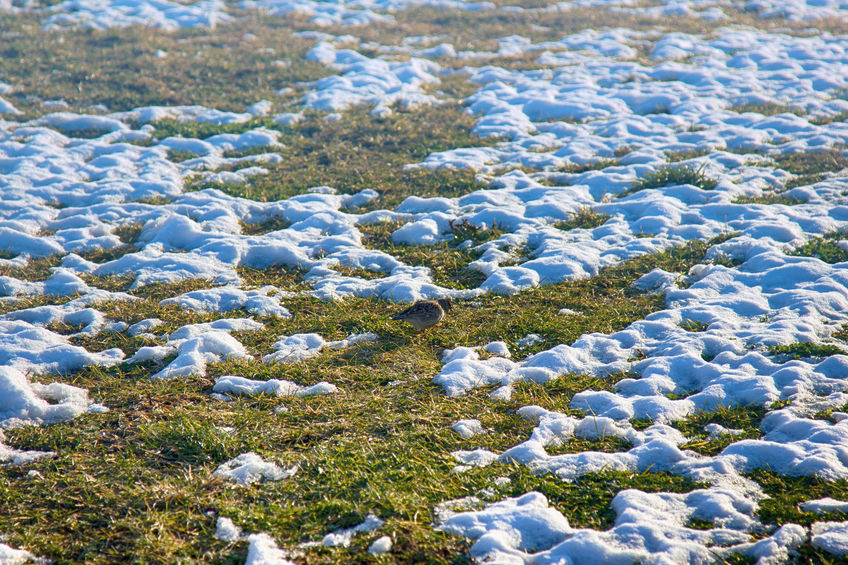
How Do I Protect My Lawn In Winter?
: 5 Minutes to Read
Winter is coming, and now is the time to take the necessary steps to protect your lawn! Let’s be completely honest, yard work is never fun, but come winter it isn’t time for a hands-off approach. So, do yourself a favor and take the necessary steps to protect your lawn now, so that come spring you’re ready to go again.
1. Aerate The LawnYour lawn needs to breathe, which means you should aerate it at least once each year. There are plenty of tools available to help you get the job done. It isn’t as scary as it sounds, though, so stop panicking. Aerating is simply breaking up the turf. The tools will pull plugs of grass and soil up and allow for the lawn to breathe. The tools generally look much like a pitchfork. The difference, of course, is that the tines are hollow. We will give you fair warning, doing it by hand is fairly labor-intensive. However, you can also invest in a gas-powered aerating machine. They look like a lawn mower.
Not only does it create room for seeds to sprout, it also allows for grass growth without fighting off weeds. If your lawn is heavily trafficked, then you will want to aerate twice a year. Generally, in spring and fall.
2. Seed The LawnDuring the chillier months, turf roots tend to grow quite extensively. So, now is the perfect time to seed your lawn. Helpful note: don’t buy cheap seeds. If you want to be the greener grass on the other side, then splurge on the good seed. It’s much better at resisting drought, insects, and disease. After you have seeded the lawn, you should water it every day until you see sprouts (up to 20 days).
3. Fertilize The LawnBefore the first frost comes, you need to fertilize your lawn. Why? It will provide it with the nutrients that it needs to survive the colder months, which means come spring it will be ready to flourish. Late-season fertilization often leads to early growth come spring.
4. MulchLeaves and other debris will freeze during the winter months, it then thaws, rots, and can result in mold. So, it’s really important that you rake your leaves before that first frost comes in. It should also reduce the likelihood of brown patches. You don’t have to just throw them away, though. Instead, grind them into mulch (which you can do with a mower). This can help protect your lawn from wind, as well as dryness. You can get a mulching blade to fit onto your existing lawn mower.
5. Mow & WaterYou can still mow your lawn, even during the cold. When it gets really long (over three inches) it can start to mat. This is when lawn disease like snow mold creeps in. So, you can mow it if it gets too long, but it should also be at least two inches long during those winter months. It’s also important to continue watering your lawn. Now, if the ground is frozen you can’t water it. However, up until that point, you can feel free to water your lawn regularly (unless the weather is particularly wet). Another important point, for anyone with an automatic irrigation system you can use compressed air to blow water out before it has a chance to free in the pipes and sprinkler heads.
